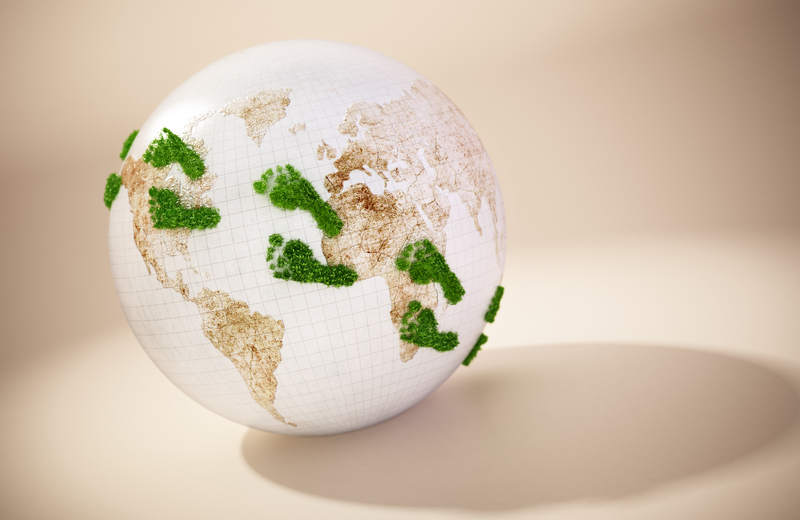The European Union’s Customs Single Window Certificates Exchange System (EU-CSW-CERTEX) connects customs IT systems with non-customs systems managed by regulatory authorities such as the NVWA (Netherlands Food and Consumer Product Safety Authority) and the NEa (Dutch Emissions Authority). This integration streamlines and automates the verification of permits and certificates required for imports, exports, and transit.
Recent developments highlight the ongoing expansion of CERTEX across multiple regulatory areas:
What’s new?
-
F-gases (fluorinated greenhouse gases)
Originally scheduled for July 26, 2025, integration was postponed to 13 September 2025, and is now live. The delay gave businesses additional preparation time and improved coordination between Customs and the Human Environment and Transport Inspectorate (ILT). -
Cultural goods (ICG)
Since June 28, 2025, import controls on cultural goods have been managed via CERTEX, enabling faster clearance and automatic tracking of allowed quantities. -
Ozone-depleting substances (OAS)
Dutch Customs began using CERTEX for OAS permit checks on May 17, 2025. -
COI – Organic products (Certificates of Inspection)
Integration is scheduled for 13 December 2025. -
CBAM – Carbon Border Adjustment Mechanism
CERTEX will be used for CBAM-related declarations as of 1 January 2026, when the definitive phase of CBAM begins. -
GGB (possibly genetically modified goods)
Integration is still targeted for late 2025, although delays may occur.
What does this mean for you?
-
Faster customs clearance
Automated validation of certificates shortens processing times. -
Real-time permit verification
CERTEX checks and deducts permit allowances automatically. -
Improved compliance
Integration ensures alignment with EU rules on safety, environment, and trade.
While document types and legal requirements remain unchanged, the processing is significantly more efficient thanks to CERTEX. Eventually, all non-customs formalities required under EU law will be integrated into the system.

